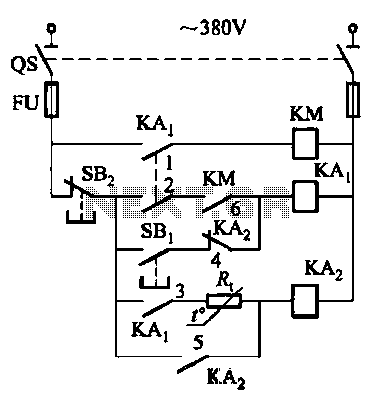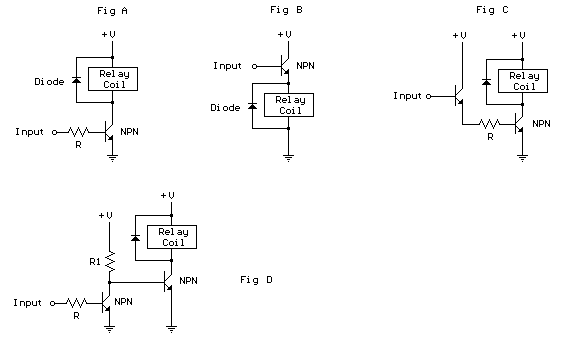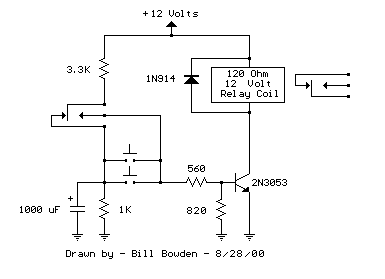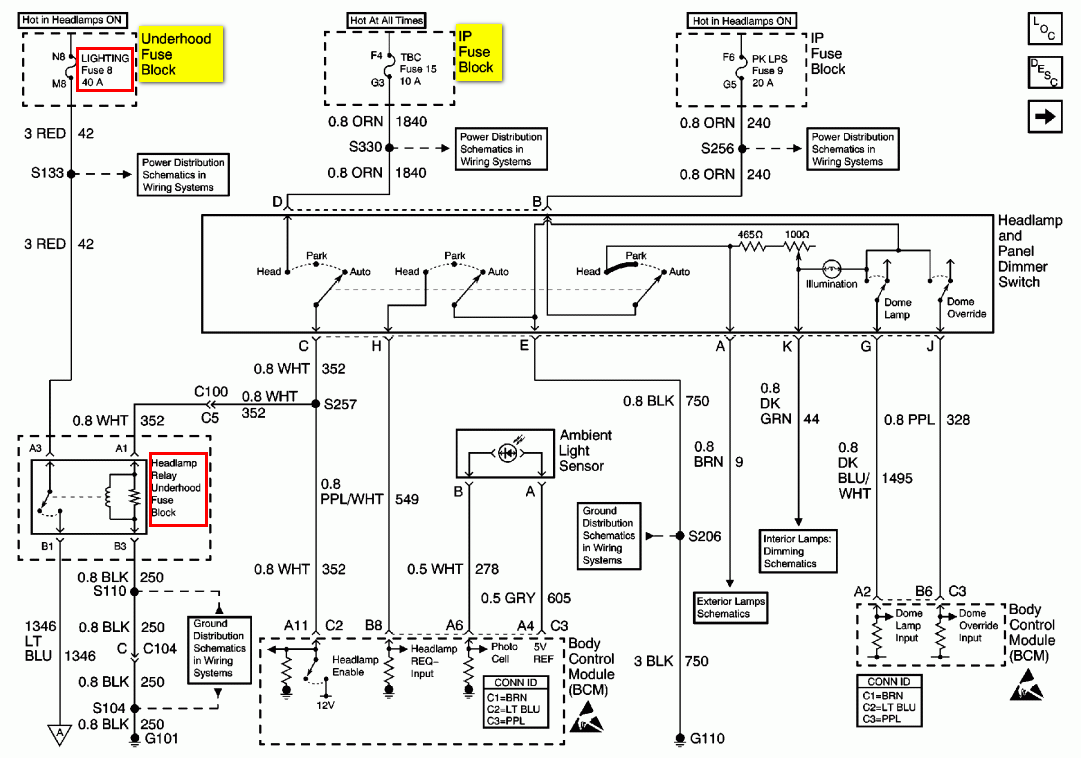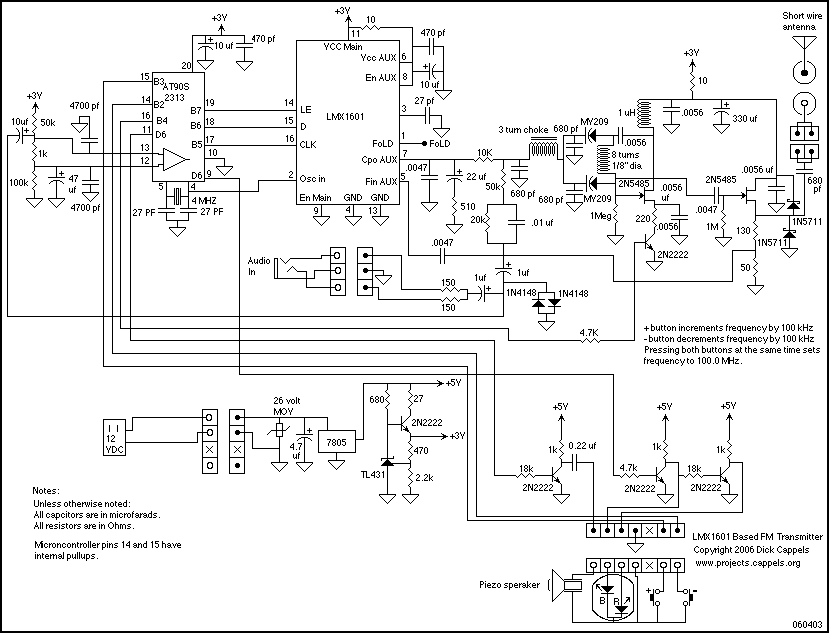
arduino tiny relay shield
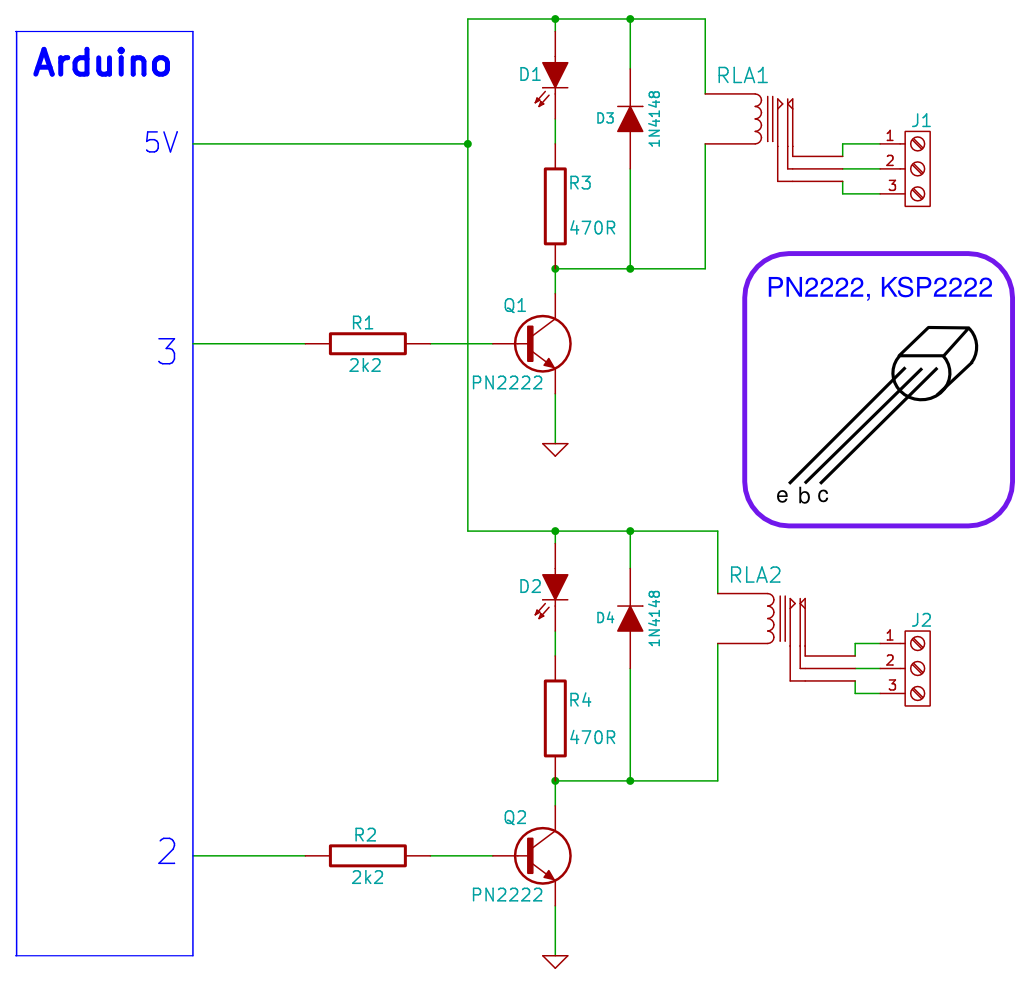
Construct the compact stripboard relay shield for Arduino. Access the circuit diagram and download the associated software. Control two relays from a PC and utilize the PC to manage the on and off states of devices.
The tiny stripboard relay shield for Arduino is designed to facilitate the control of external devices through relay activation. This shield typically accommodates two relays, which can be utilized to switch higher voltage loads, such as lights or motors, that exceed the direct output capabilities of the Arduino.
The circuit diagram for the relay shield will illustrate the arrangement of components, including the Arduino connections, relay modules, and power supply considerations. Each relay will be connected to a digital output pin on the Arduino, allowing for individual control. The circuit may also include necessary components such as flyback diodes across the relay coils to prevent voltage spikes from damaging the Arduino when the relays are turned off.
The software component of the project will involve coding to control the relays using Arduino IDE. The code typically includes initializing the digital pins connected to the relay inputs and defining functions to turn the relays on and off based on user commands received from the PC. Communication between the PC and Arduino can be established via a serial connection, allowing users to send commands to the Arduino to execute the relay control.
This setup provides a versatile solution for automating various devices and can be expanded with additional features such as status indicators or feedback mechanisms to enhance user interaction and monitoring.Build the tiny stripboard relay shield for Arduino. View the circuit diagram and download the software. Control two relays from your PC and use your PC to switch things on and off.. 🔗 External reference
The tiny stripboard relay shield for Arduino is designed to facilitate the control of external devices through relay activation. This shield typically accommodates two relays, which can be utilized to switch higher voltage loads, such as lights or motors, that exceed the direct output capabilities of the Arduino.
The circuit diagram for the relay shield will illustrate the arrangement of components, including the Arduino connections, relay modules, and power supply considerations. Each relay will be connected to a digital output pin on the Arduino, allowing for individual control. The circuit may also include necessary components such as flyback diodes across the relay coils to prevent voltage spikes from damaging the Arduino when the relays are turned off.
The software component of the project will involve coding to control the relays using Arduino IDE. The code typically includes initializing the digital pins connected to the relay inputs and defining functions to turn the relays on and off based on user commands received from the PC. Communication between the PC and Arduino can be established via a serial connection, allowing users to send commands to the Arduino to execute the relay control.
This setup provides a versatile solution for automating various devices and can be expanded with additional features such as status indicators or feedback mechanisms to enhance user interaction and monitoring.Build the tiny stripboard relay shield for Arduino. View the circuit diagram and download the software. Control two relays from your PC and use your PC to switch things on and off.. 🔗 External reference
